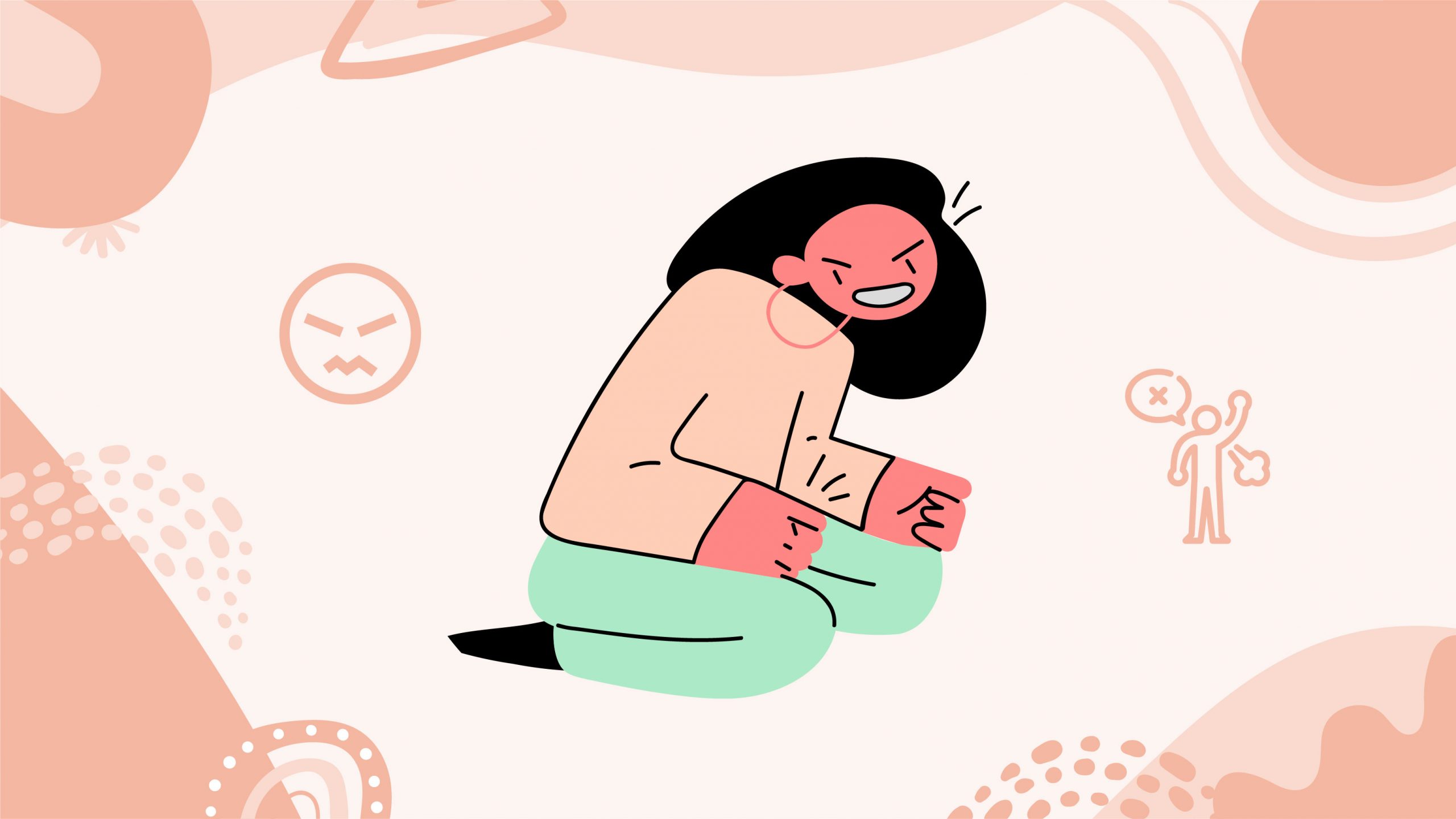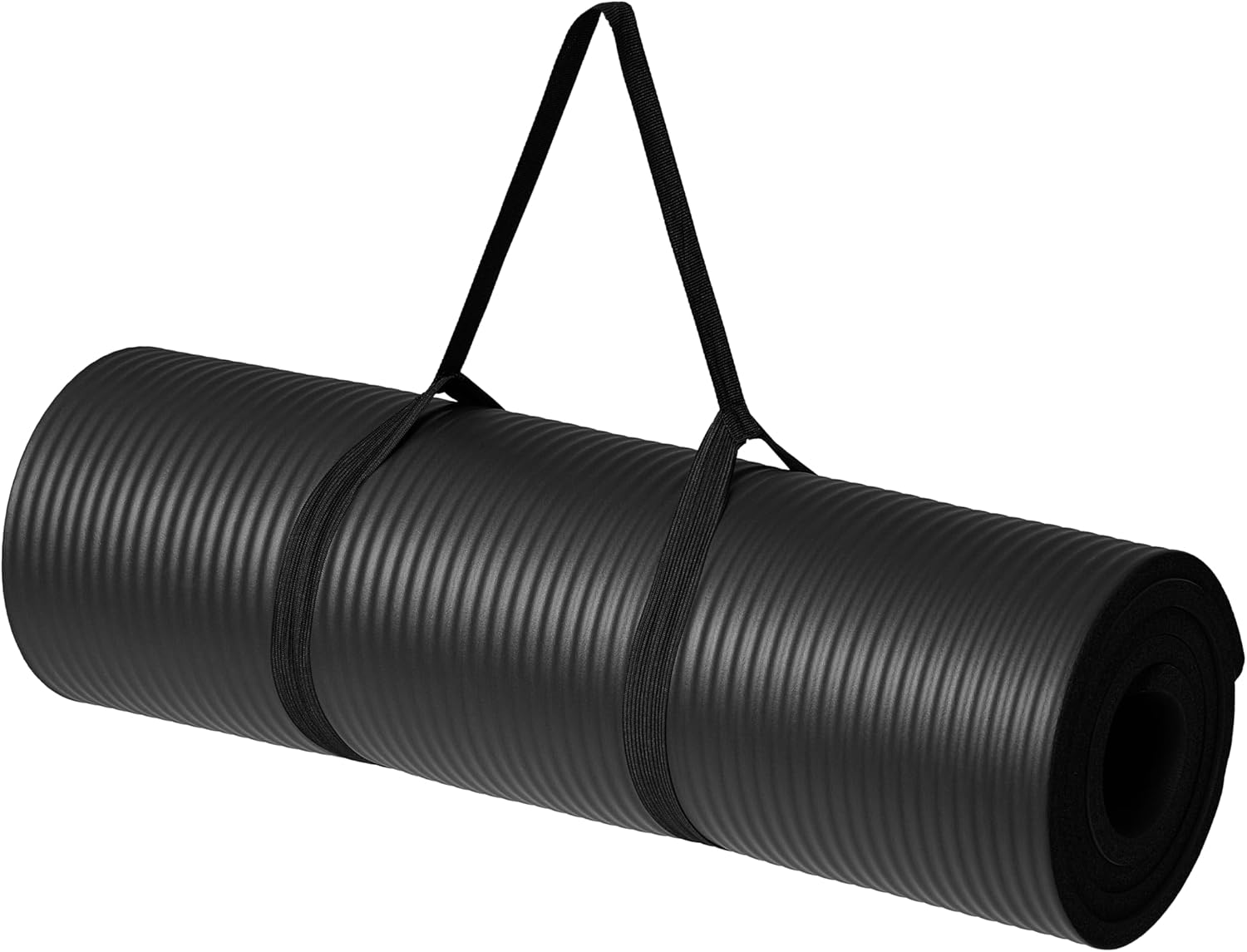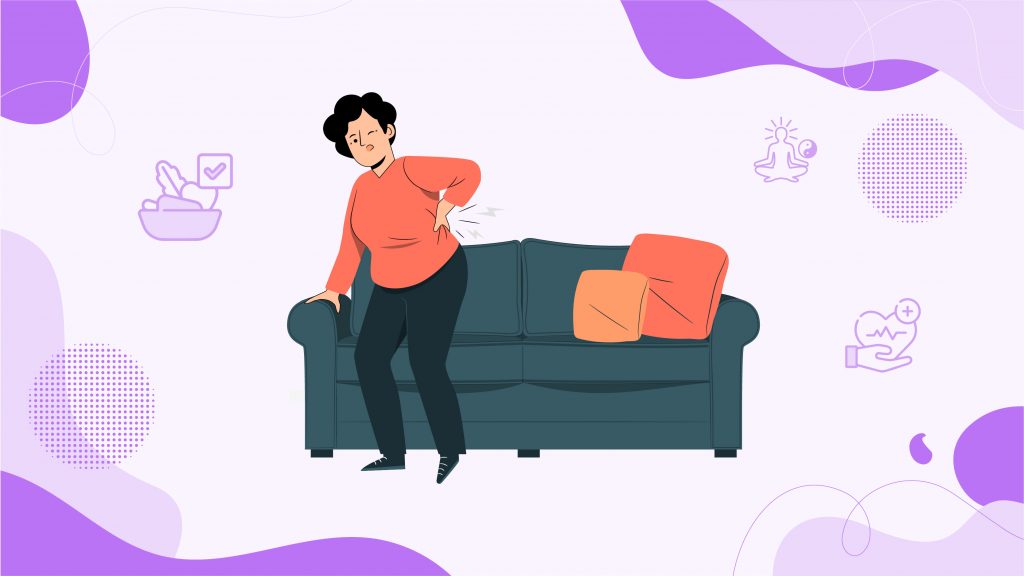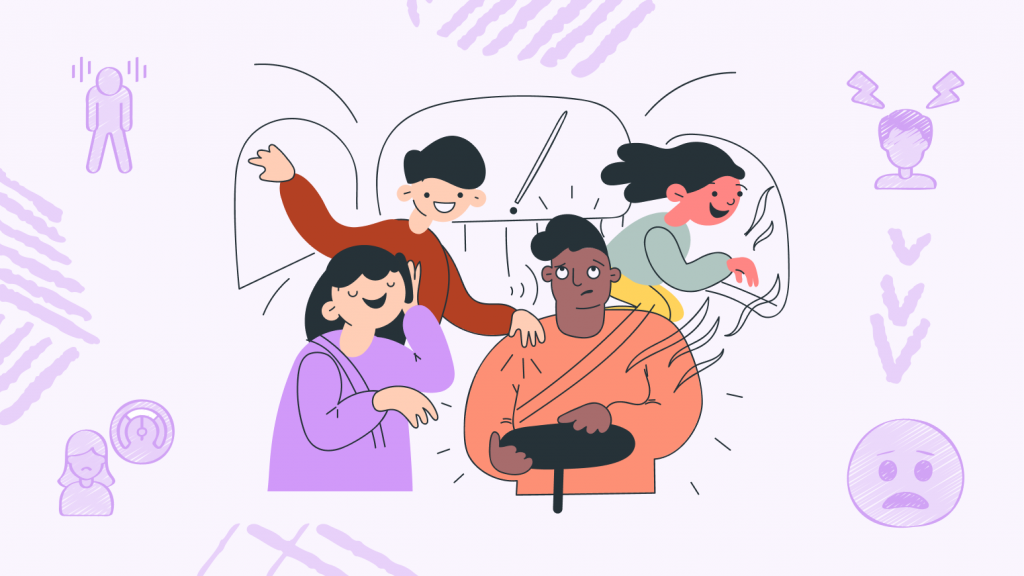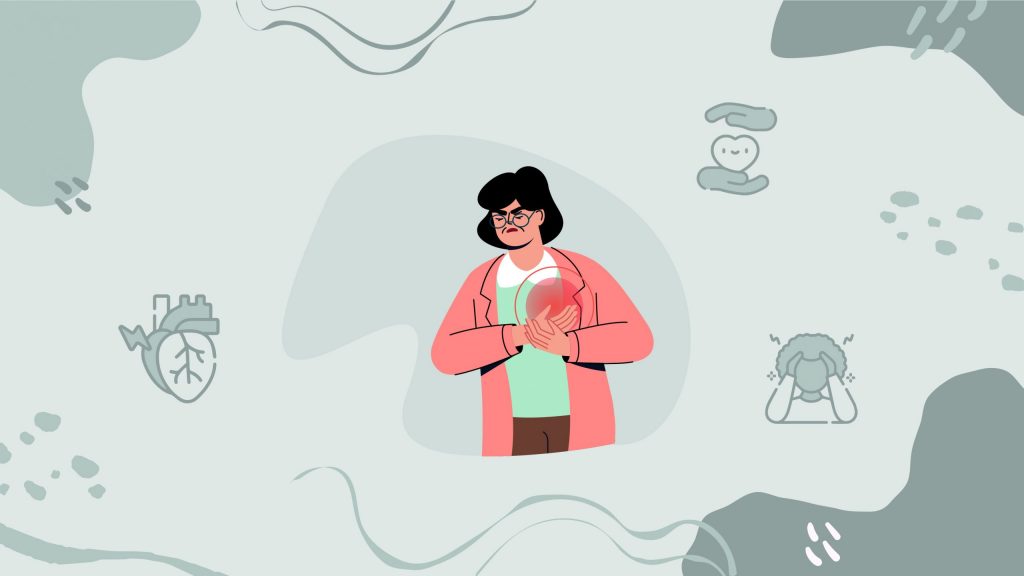“Crippled by the pain, suffered through the darkness; longing for the relief, a gentle touch of calmness.”
Are you tired of constantly relying on medication for chronic pain and wondering if there’s a way to break free for good?
Pills may offer quick relief, but they often bring side effects like fatigue, dizziness, and the worry of dependency.
Are you seeking a natural, long-lasting way to manage pain without risking your health?
This article explores natural pain relief methods that provide a genuine solution. From diet and exercise to meditation and other therapies, you’ll find simple ways to tackle pain at its source, helping you live with more ease and control.
What Are the Different Types of Pain and Their Causes?
Understanding the various types of pain is crucial for discovering effective non-pharmaceutical pain relief methods that target the underlying causes.
Pain can be categorized into different types, each showing unique traits and effects on the body. Here are the different types of pain:
- Acute vs. Chronic Pain
Acute pain is typically sharp and sudden, often triggered by injuries like cuts, burns, or sprains. It usually fades once the injury heals. On the other hand, chronic pain persists for months or even years, often due to conditions like arthritis, fibromyalgia, or nerve disorders. This type of pain can deeply affect both physical and emotional health.
- Nociceptive vs. Neuropathic Pain
Nociceptive pain is what you feel when you hurt yourself, like the throbbing after stubbing your toe or the soreness from a strained muscle. Neuropathic pain is different; it comes from nerve issues and feels more like burning, tingling, or sharp, shooting pain. This type is common in conditions like sciatica or diabetic neuropathy.

Sometimes, pain acts like a memory in your body, lingering long after an injury heals or a stressful moment passes. It’s as if the body holds onto those experiences, reminding you of them through persistent aches and sensations.
Various things, like inflammation, tissue damage, stress, or lifestyle choices, can trigger pain. Here are some common causes:
- Long-term stress can lead to muscle tension and worsen chronic pain.
- Sitting too much or having a bad posture can increase joint and muscle pain.
- Injuries or repetitive movements can aggravate existing pain.
- Diet, sleep, and mental health can also play a big role in chronic pain.
Understanding what’s causing your pain is the first step toward finding better, non-medication ways to manage it, helping you get relief that targets the real triggers.
Why Non-Medication Pain Management Matters?
When you’re relying solely on medication for pain relief, it’s important to realize that pills only mask the symptoms, not the root cause of the pain.
Also, medications can come with side effects or lead to dependency, which is why it’s essential to explore natural pain relief options for better long-term health and well-being.
- The Risks of Medication Dependency
Many pain-relief medications, especially opioids, can lead to dependency over time. Studies from the National Institute on Drug Abuse show that up to 12% of people prescribed opioids may develop a dependency. On the other hand, natural pain management offers a safer, more sustainable way to manage pain, helping you find relief without these risks.
- Long-Term Benefits of Natural Pain Management
Mind-body techniques for pain relief, like meditation, yoga, and massage, work with your body’s natural healing power, often helping to reduce pain and improve mental well-being. People who regularly use these practices often report feeling less pain and enjoying a higher quality of life.
👉 Pro Tip
Shift your focus from simply masking pain to understanding its roots—small, consistent practices like mindful breathing or gentle stretching can build a powerful foundation for natural, lasting relief without the side effects.
With the risk of medication dependency and the long-term benefits of natural pain management, you can take control of your health by choosing sustainable ways to manage pain.
Effective Techniques for Managing Your Pain Naturally
You must combine lifestyle adjustments with therapeutic practices if you want long-lasting relief.
Here are some effective practices and pain management strategies that target your body and mind:
#1: Diet and Nutrition
What you eat can really affect how much pain you feel. A diet that fights inflammation is packed with omega-3 fatty acids, antioxidants, and important vitamins, which can help reduce inflammation and ease pain. Adding foods like fatty fish, berries, and leafy greens to your meals can be especially helpful for those dealing with arthritis or other chronic pain.
#2: Exercise and Physical Therapy
Staying active is important when it comes to managing pain. Low-impact exercises like walking, swimming, or stretching can help improve circulation and ease stiffness. Physical therapy can also be a great option, as it offers exercises tailored to your body, helping you build strength and mobility without pushing yourself too hard.
#3: Meditation and Mindfulness
Meditation for pain management relies on the mind’s natural ability to ease pain. Mindful practices help you focus on your breathing and become more aware of your body, which can lower pain intensity and improve emotional well-being. A study published in JAMA Internal Medicine found that mindfulness meditation reduced chronic pain for nearly 58% of participants.
#4: Acupuncture and Massage Therapy
Acupuncture can be a valuable option for managing pain, as it stimulates specific points in the body to relieve discomfort. Massage therapy is also effective, helping to ease muscle tension, improve blood flow, and encourage relaxation. Many people find relief from chronic pain with regular acupuncture or massage sessions.
#5: Yoga and Stretching
Combining stretching, strength exercises, deep breathing, and yoga can effectively relieve chronic pain. Practicing yoga on a regular basis helps keep joints flexible and reduces inflammation, especially for conditions like arthritis. Research shows that over 80% of people with chronic pain experience improvement in their pain levels with consistent yoga practice. Practicing yoga on a mat is highly beneficial, providing support, stability, and comfort for better alignment and a safer practice.
Mindful Technique
Next time pain flares up, try this: focus on a single breath cycle—inhale deeply, hold for a few seconds, then exhale slowly, imagining the pain softening with each breath out. This simple practice can help you regain a sense of control and calm, making pain feel a bit more manageable.
Using these natural methods, you’re making positive changes to manage your pain and improve your overall well-being.
Conclusion
Alternative pain management methods provide sustainable ways to handle chronic pain without having to rely only on medication.
Incorporating natural techniques, like eating a balanced diet, staying active, and practicing mindfulness, can empower you to manage your pain better and boost your overall quality of life.
These approaches support self-care and address the root causes of pain, helping people build long-term resilience.
“Relieving pain naturally, bringing suffering to rest; a healthy body gained, through strong will and mastery.”
Pain Relief Pause: A 3-Minute Reset
- Find a Quiet Spot: Sit comfortably and close your eyes, allowing your body to relax.
- Body Scan: Start from the top of your head and slowly move down to your toes, noticing any areas of tension or discomfort.
- Breathe with Intention: Take three deep breaths, and with each exhale, imagine releasing the pain or tightness in specific areas of your body.
- Visualize Comfort: Picture a soothing color or warmth filling any painful areas, softening and easing the sensation.
- Repeat a Mantra: Silently repeat a calming phrase like “I am relaxed” or “I am at ease” for a few moments, reinforcing a sense of calm.
This quick reset can help ground you and make pain feel less overpowering. Try it whenever you need a gentle break.




